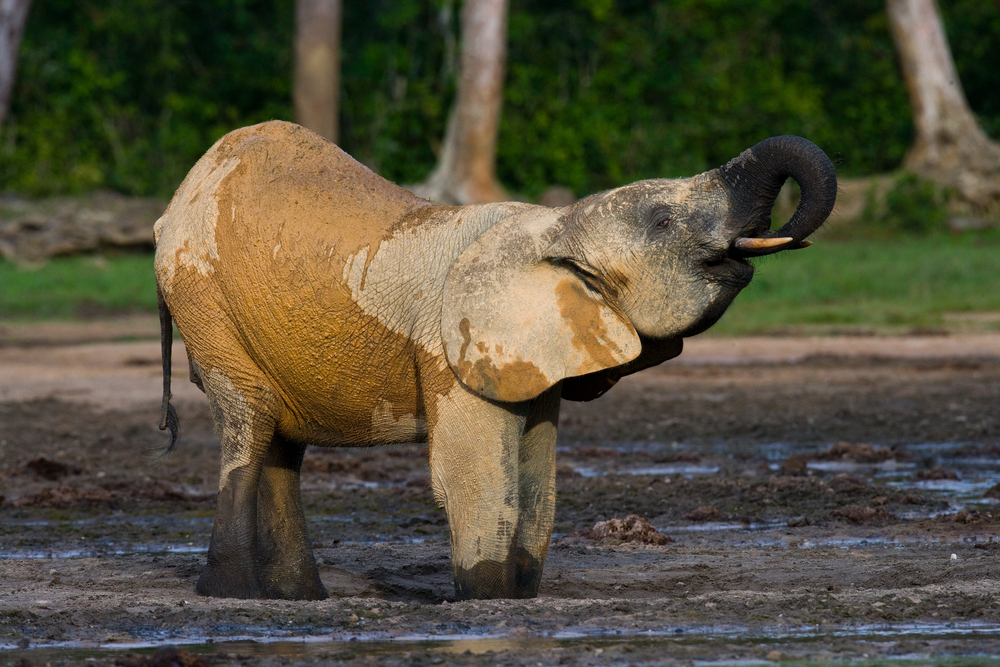Mbaéré Bodingué Overview
Mbaéré Bodingué National Park, locally referred to as Parc National de Mbaéré Bodingué, is a remarkable sanctuary located in the southwestern region of the Central African Republic. Covering an area of approximately 8,700 square kilometers (3,360 square miles), this park is part of the expansive Sangha Tri-National Conservation Area, a UNESCO World Heritage Site shared with neighboring Congo and Cameroon. The park is renowned for its exceptional biodiversity, pristine ecosystems, and commitment to preserving some of the Congo Basin’s most unique habitats.
The park’s landscape is an intricate mosaic of tropical rainforests, rivers, and wetlands, providing a vibrant home for a wide variety of wildlife. The Mbaéré and Bodingué rivers wind through the park, creating lush riverine forests and serving as critical lifelines for the park’s inhabitants. The dense rainforest is interspersed with open clearings, known as bais, where wildlife congregates, offering visitors unparalleled opportunities to observe animals in their natural environment.
Mbaéré Bodingué is a haven for iconic species such as western lowland gorillas and chimpanzees, both of which are critically endangered. These primates thrive in the park’s dense canopy, drawing researchers and wildlife enthusiasts from around the world. The park is also home to forest elephants, buffaloes, and red river hogs, along with smaller mammals like pangolins and civets. Predators such as leopards and golden cats add to the park’s ecological richness, creating a balanced and thriving ecosystem.
Birdlife in the park is abundant and diverse, with over 350 recorded species. Among the most notable are the great blue turaco, African grey parrot, and various hornbills. Waterbirds such as ibises and herons frequent the rivers and wetlands, while birds of prey like the crowned eagle and palm-nut vulture patrol the skies. This avian diversity enhances the park’s allure for birdwatchers and conservationists alike.
The flora of Mbaéré Bodingué National Park is equally remarkable, with towering rainforest trees like mahoganies and ebonies dominating the landscape. These trees form a dense canopy that provides shelter and sustenance for the park’s inhabitants. The wetlands and riverbanks are lush with grasses and shrubs, supporting herbivores and smaller mammals.
Conservation efforts in Mbaéré Bodingué focus on combating poaching, preserving habitats, and involving local communities in sustainable practices. The Central African Republic’s government, alongside international conservation organizations, implements anti-poaching patrols, scientific research, and community education programs. These initiatives aim to protect the park’s biodiversity while promoting eco-tourism as a sustainable economic alternative.
Visitors to Mbaéré Bodingué can enjoy guided wildlife treks, river safaris, and birdwatching excursions. The park’s tranquility and unspoiled beauty offer an immersive experience in one of Africa’s most pristine rainforests, making it a must-visit destination for nature enthusiasts.
In summary, Mbaéré Bodingué National Park is a cornerstone of conservation in the Central African Republic. Its rich biodiversity, stunning landscapes, and dedicated preservation efforts make it an invaluable part of the Congo Basin’s ecological heritage.













































































